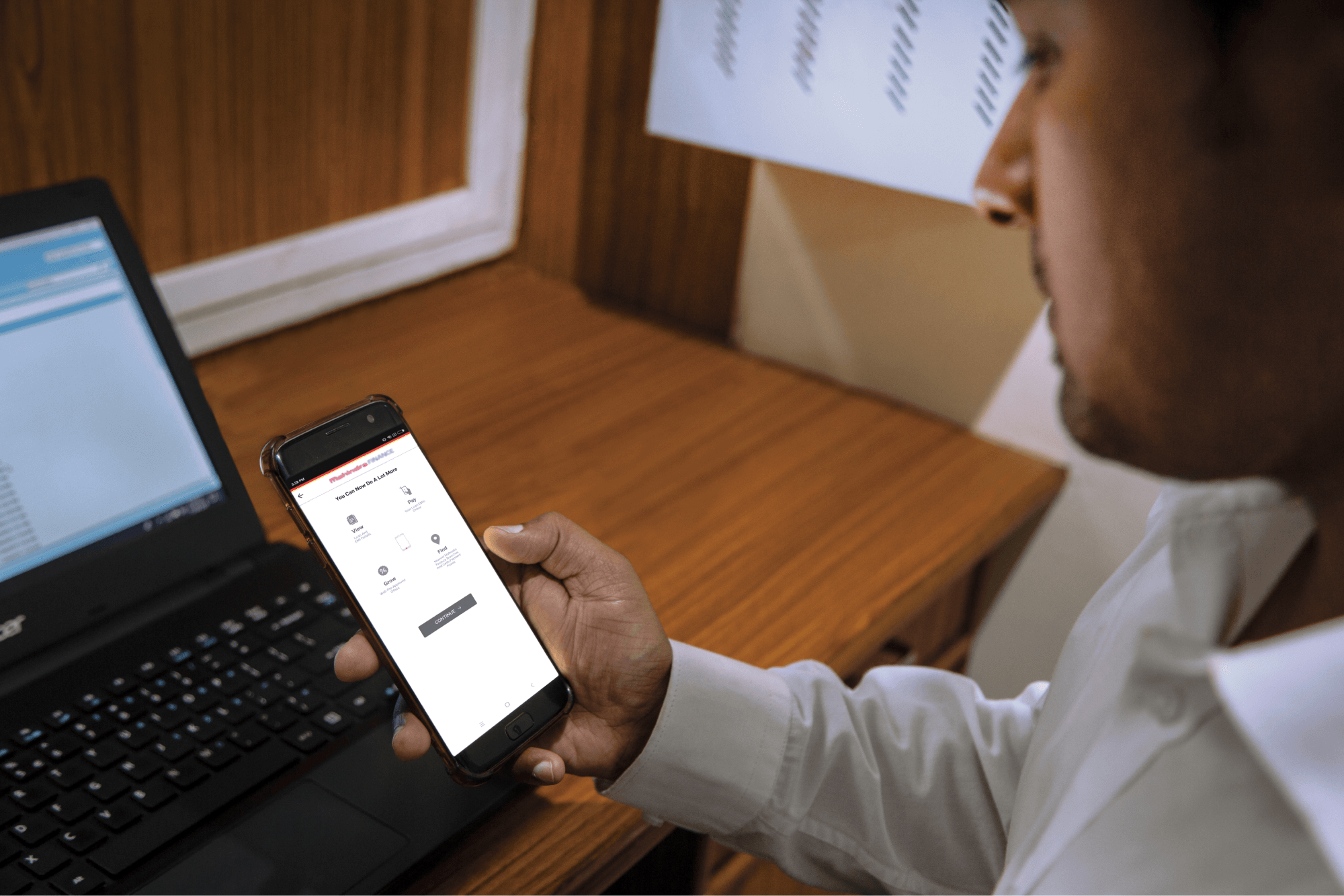Introduction
Running a small or medium-sized enterprise (SME) comes with its fair share of challenges. From managing cash flow to expanding operations, there are numerous financial hurdles along the way. Fortunately, there are several types of SME loans available in India that can provide the much-needed capital for businesses. Whether you’re looking to start a new venture or take your existing one to new heights, understanding these loan options is crucial.
In this article, we will deep dive into the different types of SME loans available in India.
Types of SME Loans Available
Let’s explore the types of SME loans accessible to entrepreneurs seeking to expand or stabilize their businesses.
1. Working Capital Loans
- Definition: Working capital loans are designed to meet short-term funding requirements for day-to-day operations.
- Features:
- Repayment period: Usually up to 12 months.
- Interest rates: Varies based on factors like credit score and collateral.
2. Machinery/Equipment Loans
- Definition: Machinery loans are intended for purchasing or upgrading machinery and equipment necessary for business operations.
- Features:
- Repayment period: Can extend up to 5-7 years.
- Interest rates: Determined by the lender and borrower’s creditworthiness.
3. Business Expansion Loans
- Definition: Business expansion loans are meant for expanding existing businesses, opening new branches, or entering new markets.
- Features:
- Repayment period: Typically ranges from 1-10 years.
- Interest rates: Depends on factors such as business profitability and credit history.
4. Term Loans
- Definition: Term loans provide funds for specific business purposes like purchasing assets, increasing working capital, or meeting long-term financial needs.
- Features:
- Repayment period: Can extend up to 10-15 years.
- Interest rates: Based on factors such as credit score, collateral, and the nature of the business.
5. Invoice Financing
- Definition: Invoice financing involves borrowing against outstanding invoices to improve cash flow while waiting for customers to make payments.
- Features:
- Repayment period: Generally short-term, aligned with invoice payment terms.
- Interest rates: Determined by the lender based on risk assessment and invoice value.
6. Trade Finance
- Definition: Trade finance loans facilitate international trade by providing working capital, financing imports/exports, and mitigating risks.
- Features:
- Repayment period: Depends on the specific type of trade finance facility.
- Interest rates: Varies based on factors such as creditworthiness and collateral.
7. Credit Line/Overdraft Facility
- Definition: A credit line or overdraft facility allows businesses to borrow funds as needed within a specified limit, typically linked to their current account balance.
- Features:
- Repayment period: Flexible, as per the terms agreed upon with the lender.
- Interest rates: Charged only on the utilized amount, not the entire credit limit.
How to apply for SME loans
Applying for an SME loan is relatively straightforward. The process or steps to apply for different types of SME loans are more or less the same. Here’s a general step-by-step process:
- Research and compare lenders: Gather information about different lenders, their interest rates, eligibility criteria, and loan terms. Additionally, read customer reviews to know the SME loan interest rates these lenders generally offer.
- Assess your eligibility: Understand each lender’s eligibility requirements and check if you meet them.
- Gather necessary documents for SME loans: Prepare all the required documents such as business registration proof, financial statements, bank statements, income tax returns, etc.
- Calculate your loan requirement: Use an MSME loan calculator or consult with financial experts to determine the appropriate loan amount based on your business needs and repayment capacity.
- Submit the application: Fill out the application SME loans form provided by the lender and submit it along with the required documents. Afterwards, the lender reviews your creditworthiness before approving or rejecting the loan.
- Disbursement of funds: If approved, the lender will disburse the loan amount to your designated bank account.
Conclusion
Securing the right SME loan can be a game-changer for businesses looking to grow and thrive. Being aware of the various types of SME loans available in India, you can make informed decisions that suit your business needs.
Remember to research different lenders as different lenders may have different SME loan interest rate. You can use an MSME loan calculator to determine your requirements accurately.
To kickstart your financial journey, navigate to Mahindra Finance’s website and seamlessly complete the MSME loan apply process. Mahindra Finance offers a range of SME loans tailored to meet the diverse needs of businesses across India. Our expertise in rural and semi-urban finance makes us a reliable partner for small and medium enterprises.
FAQs
Q: How long does it usually take for an SME loan application to be approved?
A: The time taken for approval varies among lenders but usually ranges from a few days to a couple of weeks. Factors such as completeness of documentation, creditworthiness, and lender’s internal processes influence the approval timeline.
Q: Are there any specific eligibility criteria for MSME loans?
A: Eligibility criteria for MSME loans vary among lenders but generally include factors such as business vintage, financial stability, credit score, and minimum annual turnover.
Q: Can I prepay my SME loan before the specified tenure?
A: Many lenders allow prepayment or foreclosure of SME loans before the completion of the specified tenure. However, prepayment charges may apply, depending on the lender’s terms and conditions.
Q: What are the consequences of defaulting on an SME loan?
A: Defaulting on an SME loan can have severe consequences such as a negative impact on your credit score, legal actions by the lender, asset seizure (if collateral is provided), and difficulties in obtaining future loans.
























































